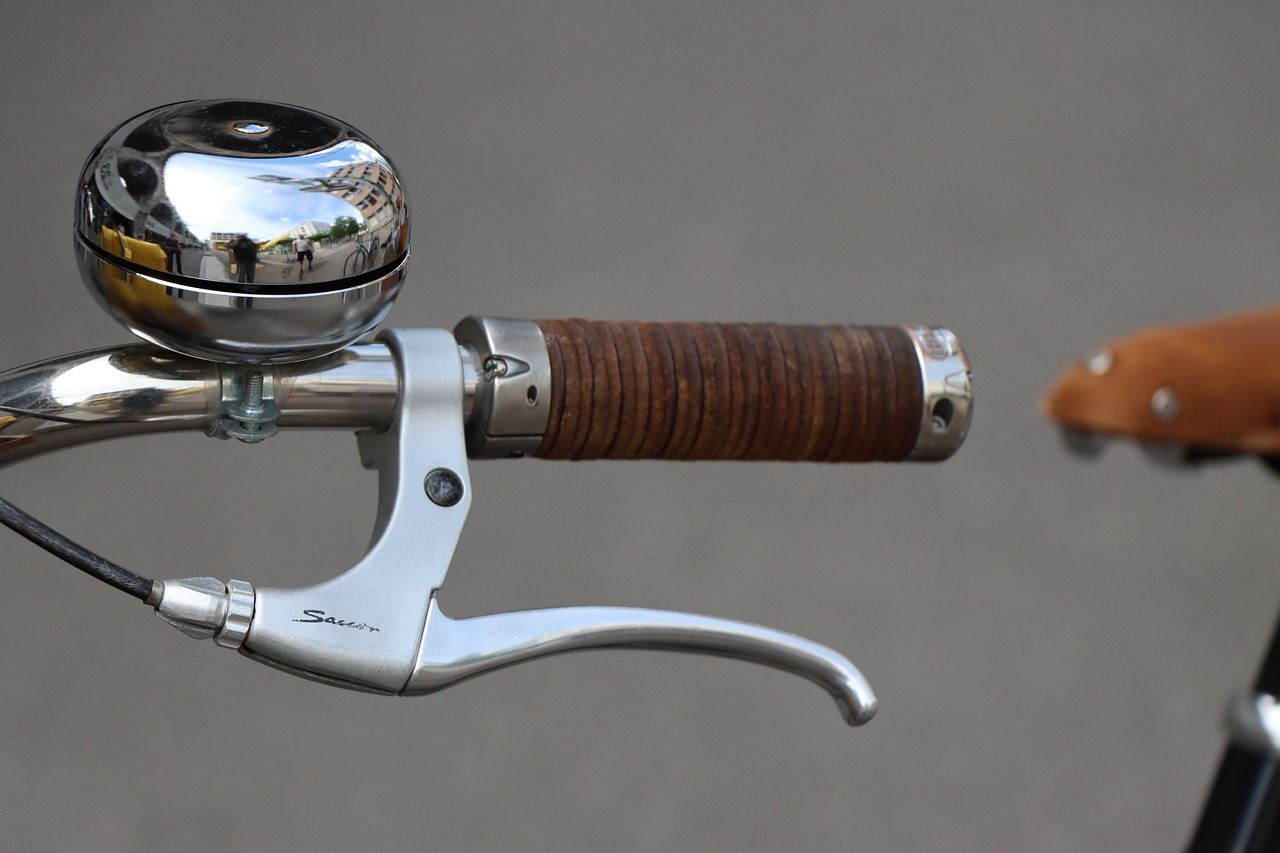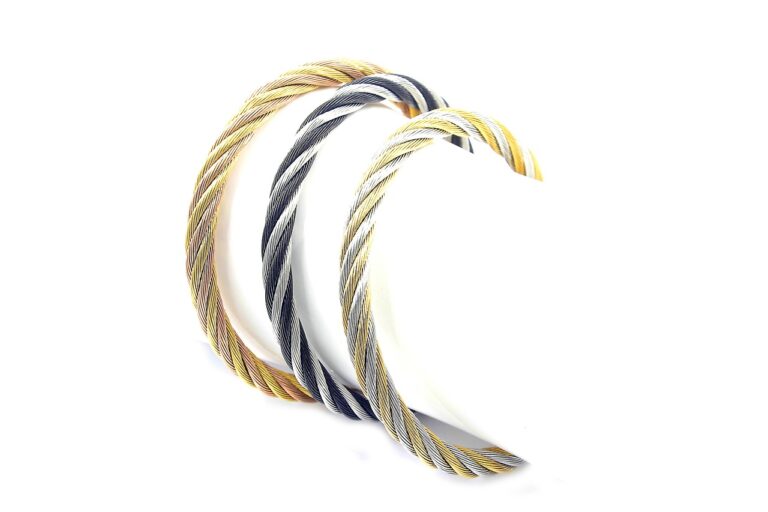Fashion Show Data Analysis: Leveraging Insights for Growth: 11xplay id, Laser247.com login, World777 sign up
11xplay id, laser247.com login, world777 sign up: Fashion Show Data Analysis: Leveraging Insights for Growth
Fashion shows are a crucial part of the fashion industry, serving as platforms for designers to showcase their latest creations and trends. However, beyond the glitz and glamour of the runway, there lies a treasure trove of data waiting to be analyzed and leveraged for growth.
Data analysis in the fashion industry has proven to be a game-changer, helping brands understand consumer preferences, trends, and behaviors. By harnessing the power of data, fashion brands can make informed decisions that drive growth and success.
In this blog post, we will explore the importance of data analysis in the context of fashion shows, and how brands can leverage insights derived from data to propel their business forward.
Understanding Consumer Preferences
One of the key benefits of data analysis in the fashion industry is the ability to understand consumer preferences. By analyzing data from fashion shows, brands can gain valuable insights into which styles, colors, and trends resonate with their target audience.
For example, by analyzing social media interactions during and after a fashion show, brands can identify which looks generated the most buzz and engagement. This information can then be used to inform future design decisions, marketing strategies, and product offerings.
Identifying Trends
In the fast-paced world of fashion, staying ahead of trends is crucial for brands looking to remain relevant and competitive. Data analysis can help brands identify emerging trends, both on and off the runway.
By analyzing data from fashion shows, brands can pinpoint which styles and designs are gaining traction among consumers. This information can be used to inform future collections, marketing campaigns, and collaborations with influencers and other brands.
Optimizing Marketing Strategies
Data analysis can also be invaluable for optimizing marketing strategies. By analyzing data from fashion shows, brands can gain insights into which marketing channels are most effective in reaching their target audience.
For example, by tracking website traffic, social media engagement, and online sales following a fashion show, brands can determine which marketing tactics are driving the most conversions. This information can then be used to allocate marketing budgets more effectively and maximize ROI.
Improving Inventory Management
Another benefit of data analysis in the fashion industry is the ability to improve inventory management. By analyzing sales data from fashion shows, brands can gain insights into which products are selling well and which are underperforming.
This information can help brands make more informed decisions about inventory levels, pricing strategies, and product assortment. By optimizing inventory management, brands can reduce excess inventory, minimize costs, and maximize profitability.
Enhancing Customer Relationships
Lastly, data analysis can be instrumental in enhancing customer relationships. By analyzing data from fashion shows, brands can gain insights into consumer behaviors, preferences, and feedback.
This information can be used to personalize the customer experience, tailor marketing messages, and provide better customer service. By building stronger relationships with customers, brands can increase loyalty, drive repeat purchases, and foster brand advocacy.
FAQs
1. How can brands collect data from fashion shows?
Brands can collect data from fashion shows through various channels, such as social media monitoring, website analytics, sales tracking, and customer feedback.
2. What tools can brands use for data analysis in the fashion industry?
There are a variety of tools available for data analysis in the fashion industry, including Google Analytics, social media analytics platforms, CRM systems, and business intelligence software.
3. How can brands ensure data privacy and security when analyzing fashion show data?
Brands should follow best practices for data privacy and security, such as encrypting data, establishing access controls, and complying with regulations such as GDPR.
In conclusion, data analysis is a powerful tool that can help fashion brands unlock growth opportunities, drive innovation, and enhance the customer experience. By leveraging insights derived from data, brands can stay ahead of trends, understand consumer preferences, optimize marketing strategies, and improve overall business performance. Fashion show data analysis is not just a trend, but a necessity for brands looking to succeed in today’s competitive market.







